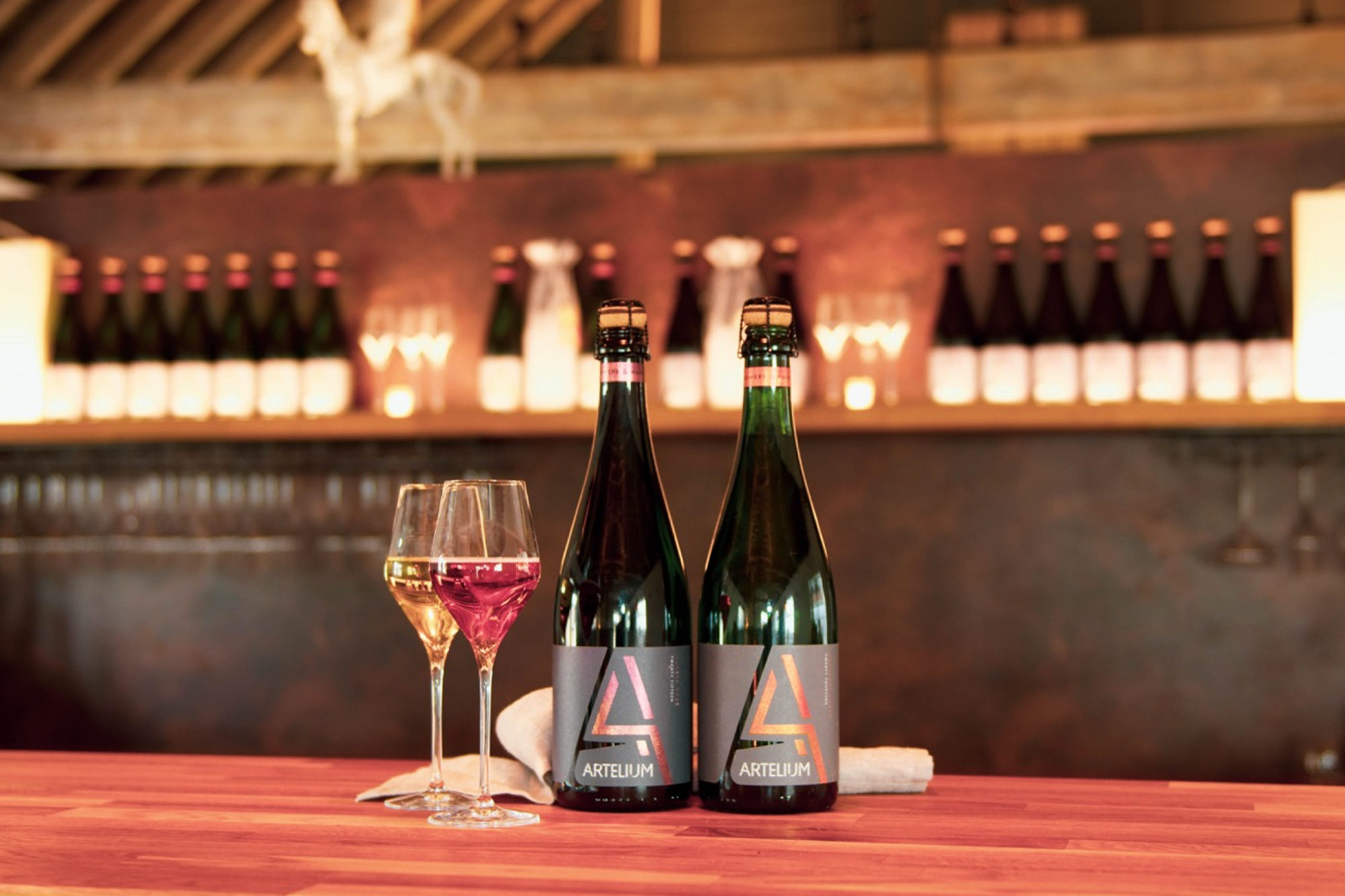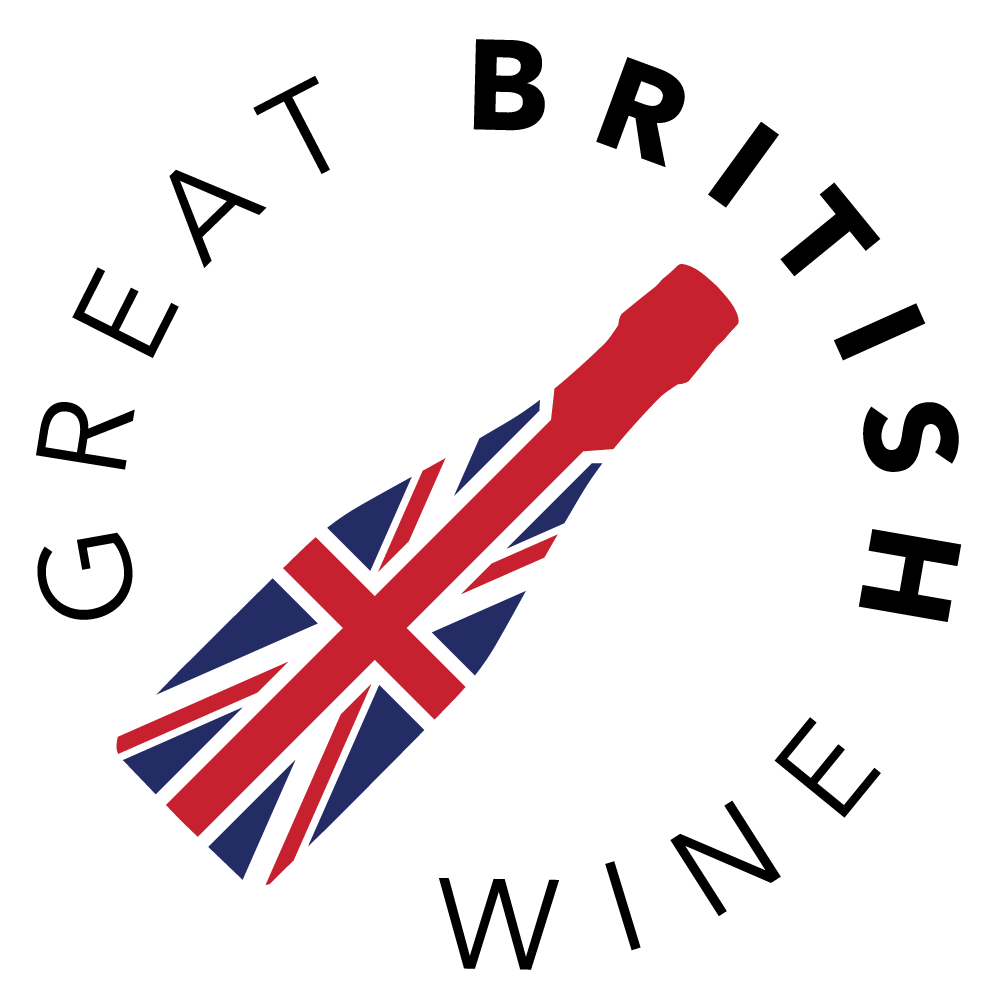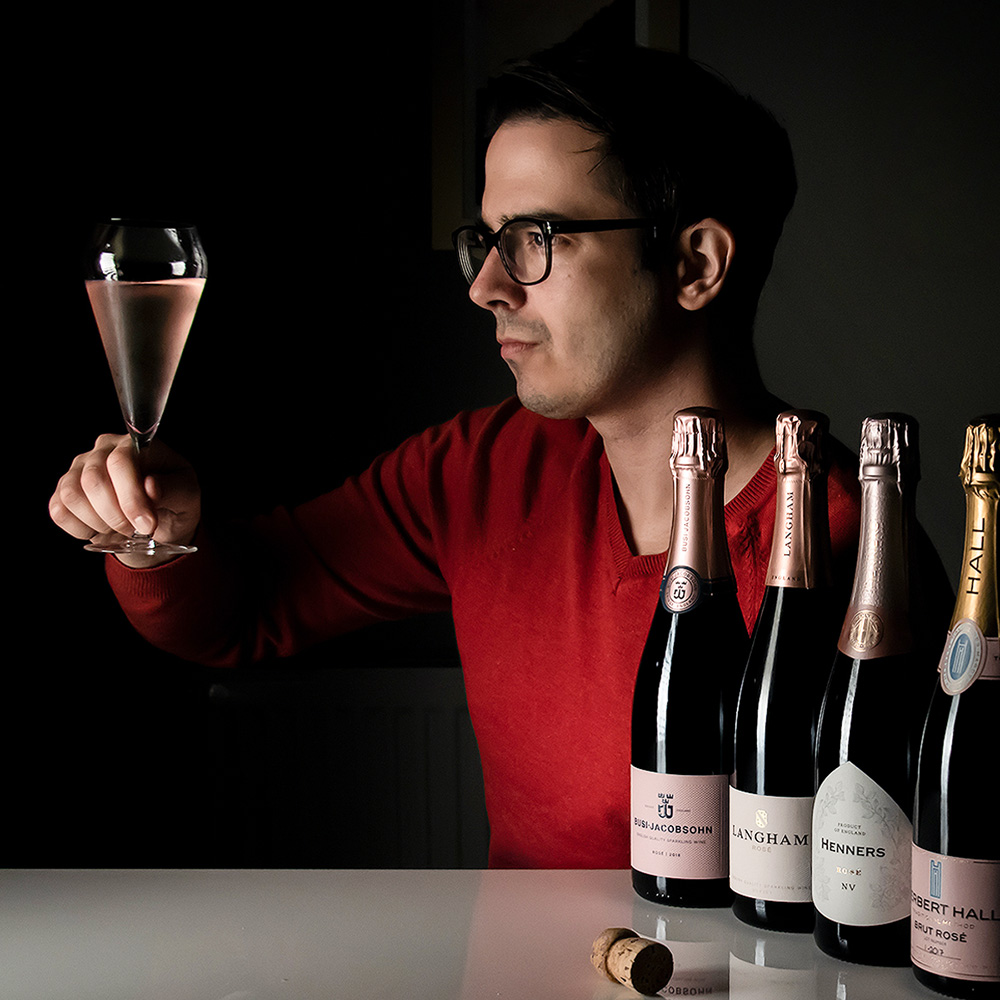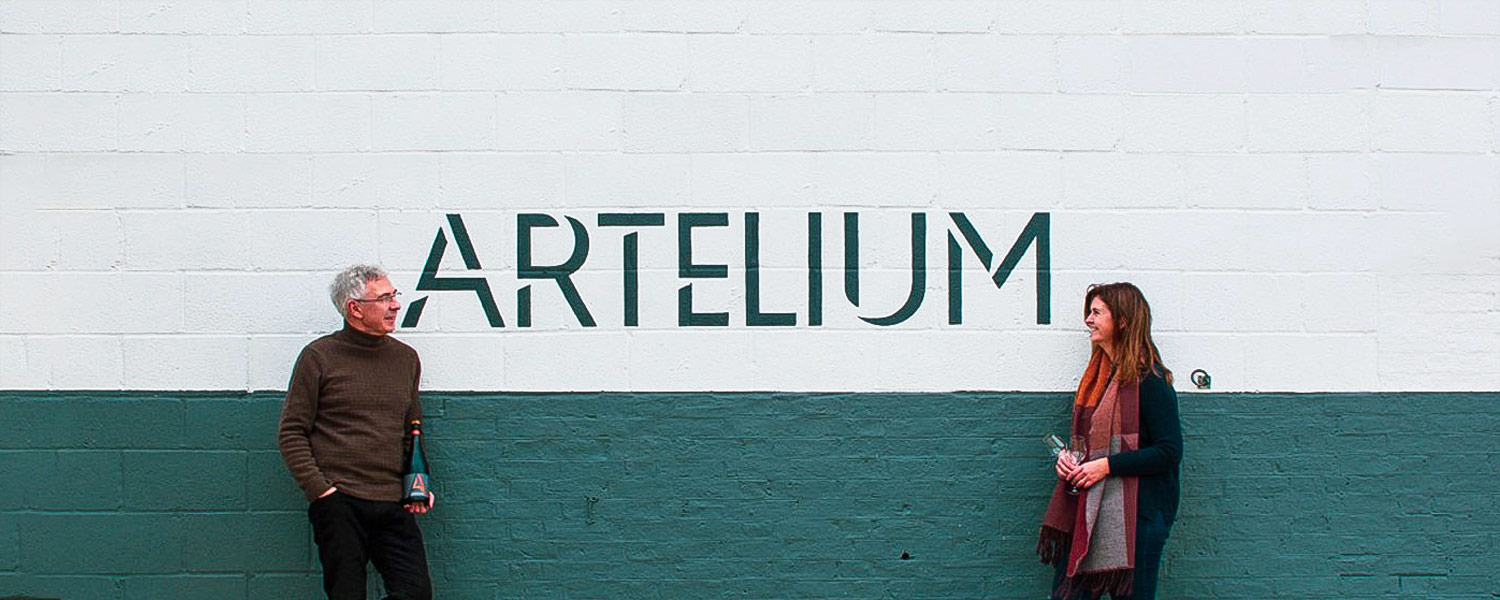
It’s incredible how small the world can be sometimes. Three years ago I was sitting on a train on the way to Sussex Gin & Fizz Festival only to be approached by a couple sitting two rows down who asked me, “Are you Great British Wine?” Fame at last, I thought. It was the first time I had been recognised in public by who, I had initially thought, were complete strangers. In fact, that couple was Julie Bretland and Mark Collins, owners of a then unknown new vineyard, the site of which we just happened to pass on the train on the way down to nearby Lewes. That vineyard is part of Artelium Wine Estate, who launched their first wines towards the end of last year. I recently caught up with Julie and Mark to talk about their journey so far.
On talking to Julie and Mark, who, I went on to learn, had married in the same year (2013) as myself and my wife, Qian, I realised just how much time had elapsed during that chance meeting. The husband and wife team felt that English wine had struck a chord with them during their wedding – they had gone to fairly extreme efforts to have an entirely English Wine-led event. Mark had also grown up close to Tenterden, the base of Chapel Down, while Julie’s home was Sussex with Ridgeview on her doorstep. While researching the wines for their wedding, it opened their eyes to the variety of English wines available – this motivated them to consider the opportunity of English winemaking.
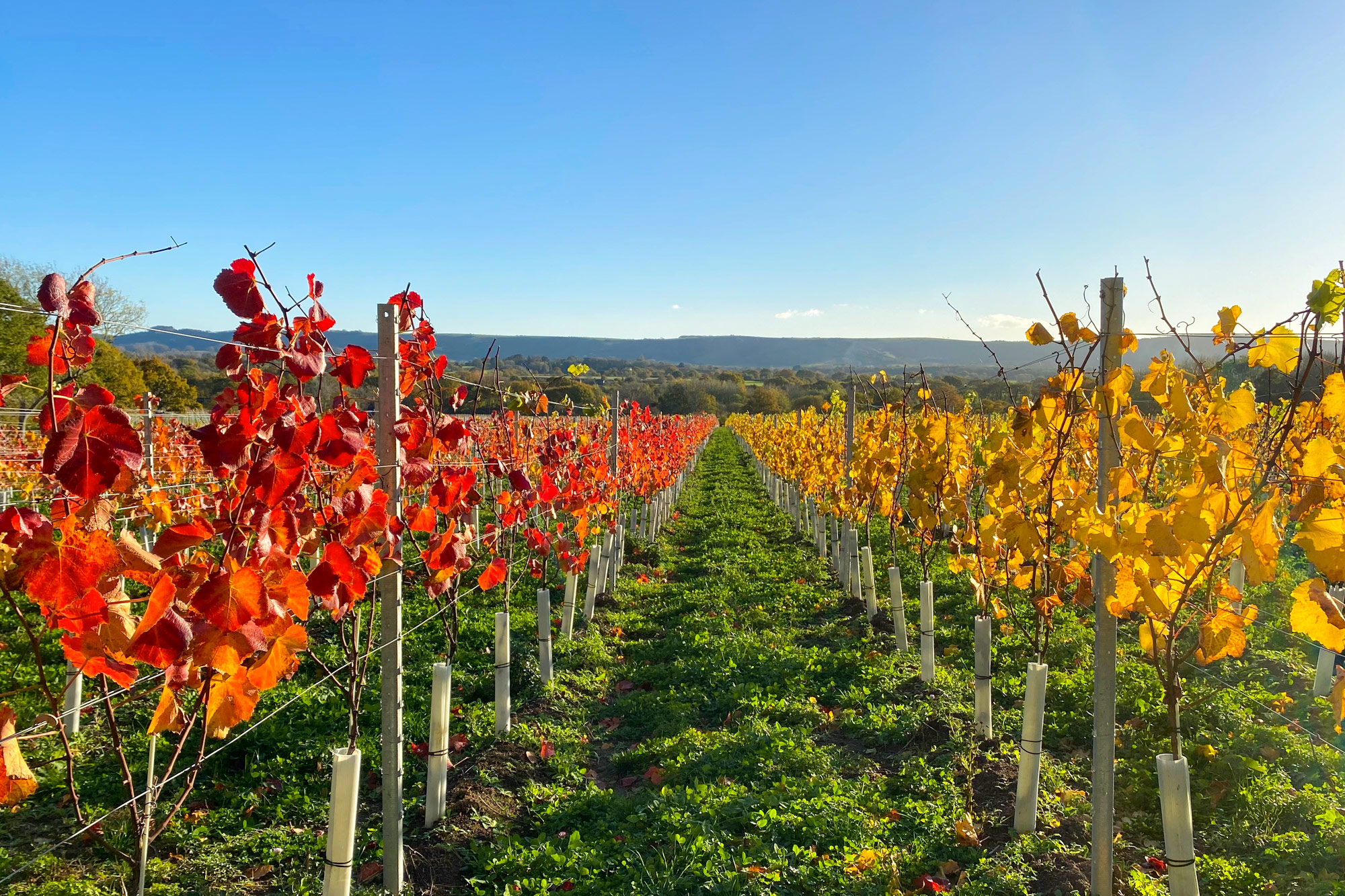
Their love for two of the finer things in life, art and wine, had led them to travel to South Africa, where they witnessed first-hand the importance of wine tourism too. One particular vineyard, Grand Provence in the Franschhoek Valley, had contemporary sculpture and art amongst the vines, and this really struck a chord with Mark and Julie.
When I first met Julia and Mark they had not long since purchased their land, and the following years have seen an intensive planting schedule. In total, in 2018 they planted 24,000 vines of the classic trio of sparkling varieties, with a further 11,000 and 50,000 vines planted in 2019 and 2020 respectively. With Pinot Gris joining the mix in the last two years and now 85,000 vines planted, Mark explained that the ultimate goal was to have 150,000 vines in the ground by 2022. Future plantings will introduce diversification, including plantings of the promising Cabernet Noir, Divico and a selection of unplanted (in England) white grape varieties.
So where does the name Artelium come from? Julia explained that the name is a combination of ‘art’ and ‘ium’, which represents a place for the study of nature – such as planetarium or herbarium. She goes on to say that “What we are trying to build is a place to be able to appreciate both art, wine and nature”. With this in mind, the aim was to build a contemporary English Wine brand which is reflected in the striking labels with their bold, modern lines and textures. These textures are carried through in the impressive-looking tasting room, clad in wood, metals and contemporary colours.
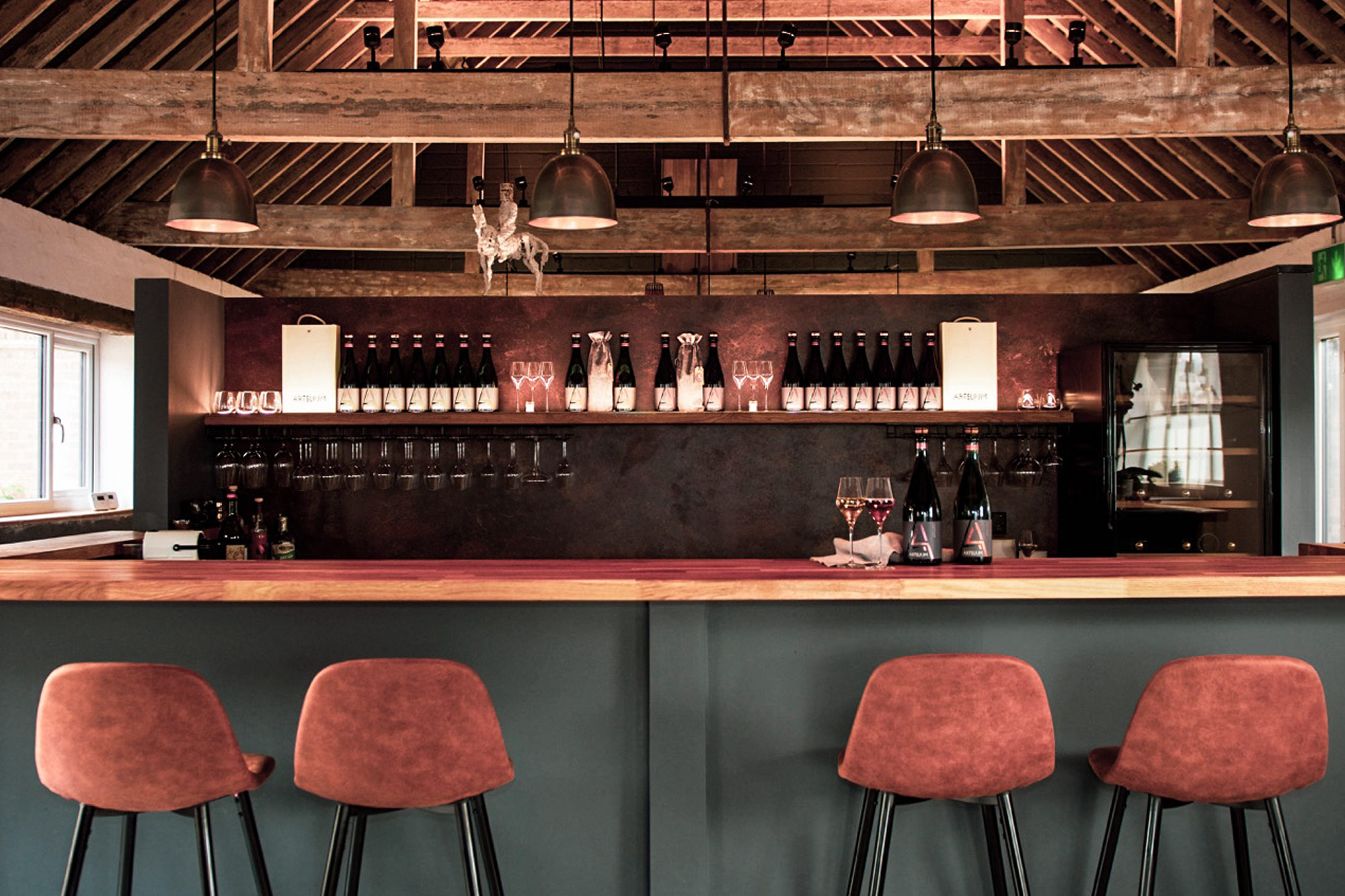
There will be two different sites for Artelium – East and West. Artelium East is in East Sussex and Artelium West is in Madehurst in West Sussex. Both sites will be developed into the full Artelium experience, with a focus on tourism, the creative process of winemaking and the creative process of art in other forms such as sculpture.
This philosophy follows through to the winemaking itself too. Mark explained to me that many consider winemakers to be artists or artisans themselves. So the Artelium approach was to embrace working with “a stable of artisan winemakers”. For the inaugural sparkling releases (reviewed below), they have worked with Dermot Sugrue. There are also five still wines in the pipeline too, produced in partnership with another legendary English winemaker, Owen Elias. These include a Chardonnay, a Pinot Noir and a Pinot Meunier Rosé from the 2020 vintage. Finally, Artelium are also working with Ian Kellett and winemaker, Felix Gabillet, at Hambledon for their Blanc de Blancs 2018. Mark expects their pool of winemakers to further diversify and grow over the coming years.
In a growing industry that continues to expand with new producers and new wines, I think Artelium have a really bold, fresh and ambitious approach. The first releases are delicious, particularly the rosé, and I can’t wait to have the opportunity to visit Mark and Julie in person and taste a glass or two of Artelium on location once lockdown subsides. In the meantime, their first releases are now available to order directly from Artelium, and we also have the next releases of Artelium Blanc de Blancs 2015 and Blanc de Noirs 2014 to look forward to in the summer.
Additional photos with thanks to Artelium Wine Estate

Artelium Makers Rosé 2015
Grapes: Pinot Noir, Chardonnay & Pinot Meunier
This first rosé from Artelium was aged on lees for 48 months and is a blend of 50% Pinot Noir, 30% Chardonnay and 20% Pinot Meunier.
Dermot Sugrue has something of a habit of making nuanced, muscular sparkling rosé (see Oastbrook Estate and Wiston’s own for example), and this Artelium sits firmly in that mould.
There’s a fragrant nose of wild raspberry, cherry and a hint of dried strawberry, but it’s the winter spice and savoury hints which are the real Sugrue calling-cards.
To taste, there’s a wonderful fusion of punchy cranberry and raspberry tang, with pink grapefruit, and then these waves of almost black fruit and spiced nut complexity. This is delicious, vibrant and very food-friendly.
Artelium Curators Cuvée 2014
Grapes: Chardonnay, Pinot Noir & Pinot Meunier
A blend of 60% Chardonnay, 25% Pinot Noir and 15% Pinot Meunier, this inaugural vintage for Artelium was made with fruit sourced from partner vineyards in Sussex.
This opens up with a really classy nose of crunchy green apples, light pear, peach and toasted brioche.
The palate is quite steely for a sparkling from the warm 2014 vintage, and while it has already had over four years on lees, the bottle I tasted had only recently been disgorged. The palate has crunchy, crisp green fruit, and precise citrus, with quite a chalky mineral grab. The yeasty, biscuity notes are understated and should broaden with some time under cork.
